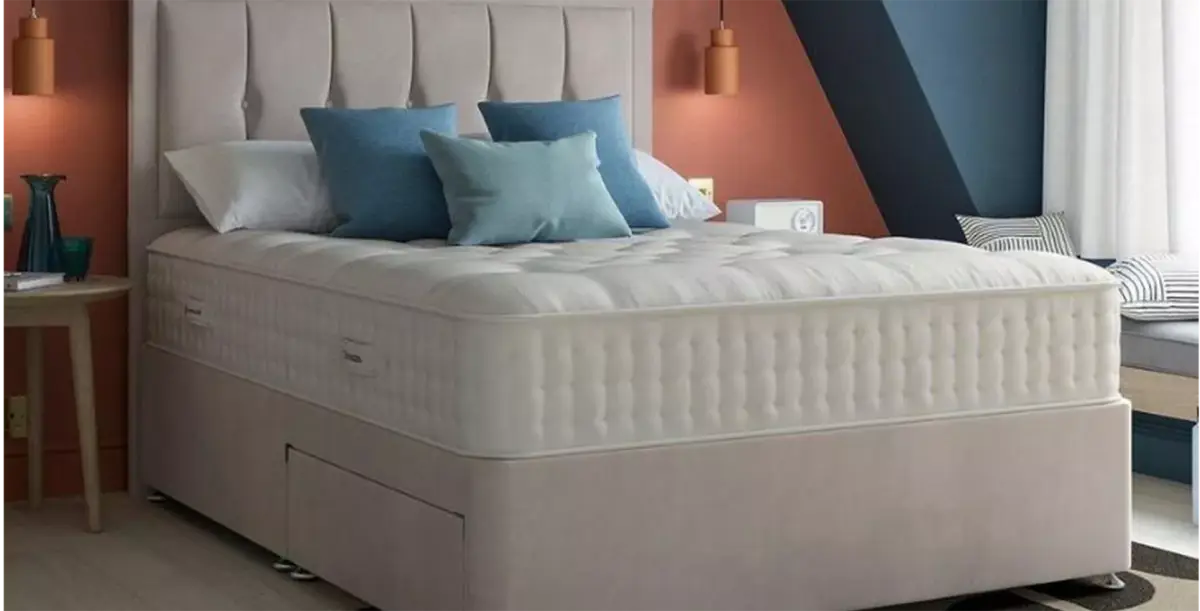Obstructive Sleep Apnoea (OSA) is a sleep disorder characterized by interrupted breathing during sleep, often leading to fragmented and poor-quality sleep. It not only affects the individual’s nightly rest but also has broader implications for overall health and well-being. In this article, we will explore the various aspects of managing obstructive sleep apnoea, from understanding the condition to practical lifestyle changes and medical interventions.
Obstructive Sleep Apnoea
Before delving into management strategies, it’s crucial to understand the basics of OSA. The condition occurs when the muscles in the throat relax excessively, causing a partial or complete blockage of the airway. This leads to repeated pauses in breathing, disrupting the normal sleep cycle. Common symptoms include loud snoring, choking or gasping during sleep, excessive daytime sleepiness, and difficulty concentrating.
Diagnosis and Professional Guidance
If you suspect you have OSA, seeking professional help is the first step. A healthcare provider may recommend a sleep study, either in a sleep clinic or through at-home devices, to diagnose the severity of the condition. Based on the results, the healthcare team can tailor a management plan suited to individual needs.
Lifestyle Modifications for Better Sleep
Weight Management:
Excess weight, especially around the neck, can contribute to airway blockage. Losing weight through a combination of a balanced diet and regular exercise may help alleviate symptoms.
Sleep Position:
Sleeping on your back can exacerbate OSA symptoms. Experiment with sleeping on your side to reduce the likelihood of airway obstruction.
Avoiding Alcohol and Sedatives:
Alcohol and sedatives relax the muscles in the throat, increasing the risk of airway collapse. Limiting their intake, especially before bedtime, can be beneficial.
Continuous Positive Airway Pressure (CPAP) Therapy
CPAP therapy is a common and effective treatment for moderate to severe OSA. A CPAP machine delivers a constant stream of air through a mask, preventing airway collapse and promoting uninterrupted breathing during sleep. Compliance with CPAP therapy is crucial for optimal results, and modern machines come with features to enhance comfort, such as heated humidification and pressure adjustments.
Bi-level Positive Airway Pressure (BiPAP) Therapy
For individuals who find CPAP uncomfortable or experience difficulty exhaling against the continuous pressure, BiPAP therapy may be an alternative. BiPAP machines adjust pressure levels during inhalation and exhalation, providing a more natural breathing experience.
Oral Appliances
Dentists specializing in sleep medicine can design oral appliances that help reposition the jaw and tongue to keep the airway open. These devices are particularly useful for individuals with mild to moderate OSA or those who cannot tolerate CPAP therapy.
Surgical Interventions
In cases where lifestyle modifications and non-invasive treatments are insufficient, surgical options may be considered. Surgical interventions aim to address anatomical issues contributing to airway obstruction, such as removing excess tissue or repositioning the jaw.
Regular Follow-ups and Monitoring
Managing OSA is an ongoing process that requires regular follow-ups with healthcare professionals. Periodic assessments can ensure that the chosen treatment plan remains effective and may lead to adjustments if needed.
Conclusion:
Effectively manage obstructive sleep apnoea involves a multi-faceted approach, combining lifestyle changes, medical interventions, and ongoing support from healthcare professionals. By understanding the condition, seeking timely diagnosis, and actively participating in a tailored management plan, individuals with OSA can significantly improve their sleep quality and overall well-being. Remember, a good night’s sleep is not just a luxury; it is a fundamental aspect of a healthy and fulfilling life.




